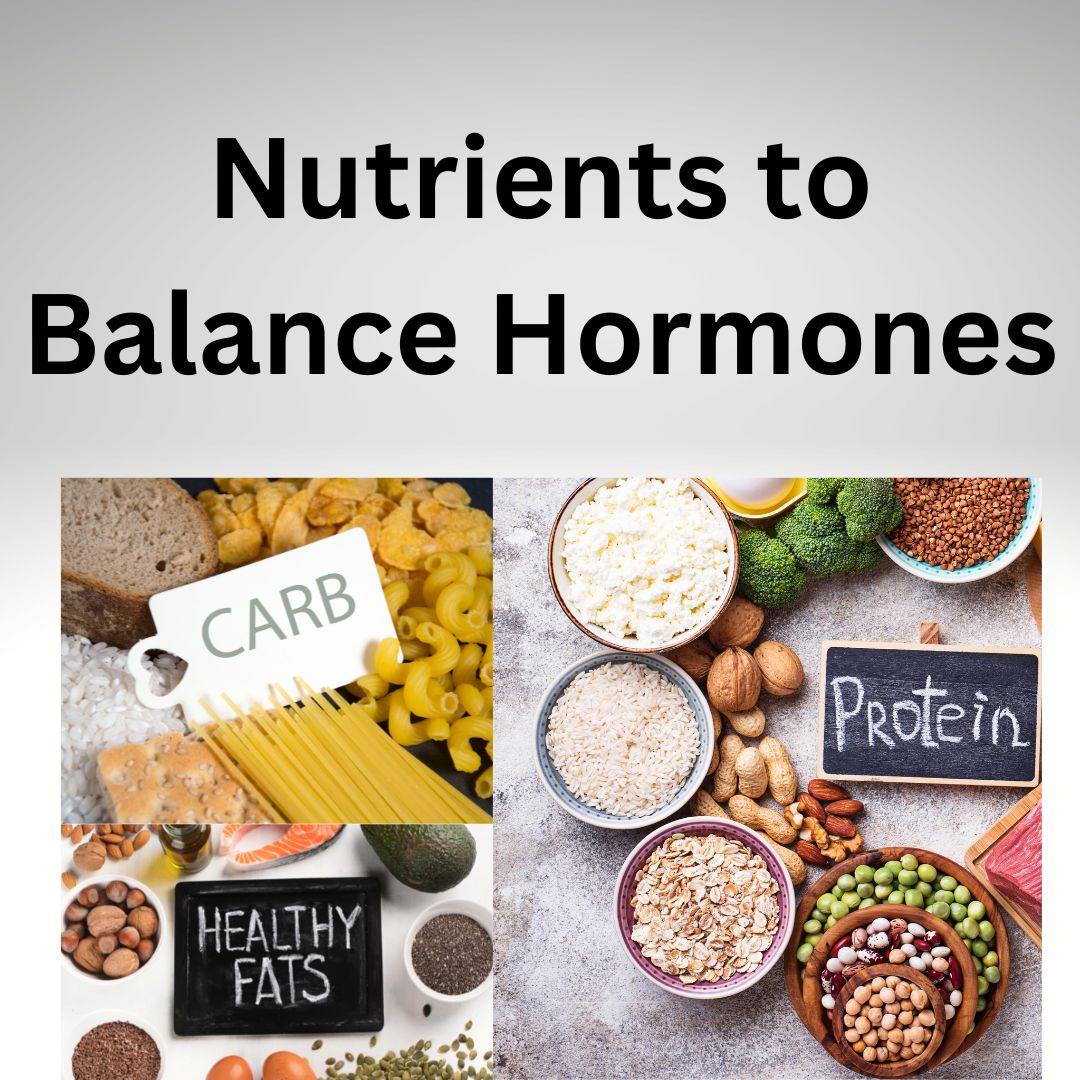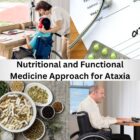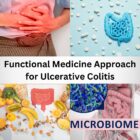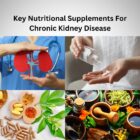Key Nutrients to Balance Hormones
Hormones are the messenger of the body. They regulate all of our body systems and are responsible for growth, development and reproduction. They also control our moods and emotions. With the help of some micronutrients, individuals can easily support hormone health
Hormones are made of amino acids, fats and carbohydrates. Furthermore, each hormone in the body is essential for carrying out messages through the blood to different organs like skin, muscles and body tissues. The messages or signals carried by a hormone help the body to take specific actions. There are over 50 hormones in the human body. Endocrine system is the system that creates and releases the hormone. Thus, it is essential to balance hormones in the body to ensure better functioning of the whole body.
Bodily Functions are controlled by hormones
Hormones are responsible for carrying out and controlling a range of bodily functions. Some of these important functions are:
- Metabolism
- Growth and development of the body
- Regulation of blood pressure
- Blood sugar regulation
- Reproductive system
- Circadian rhythm
Hormone health is essential to maintain and control different functions in the body. Therefore,major imbalances and changes in the levels of different hormones in the human body sometimes lead to serious health complications.
Things to Consider to Balance Hormones with Nutrients
Firstly, bioavailability is a major deciding factor to balance hormones. Every individual’s body is different and thus reacts differently to varying methods used to balance hormones. Secondly, the process of balancing hormones through micronutrients is gradual. Therefore, one needs to give enough time to the brain to adjust to different nutrients that play a key role in balancing the hormones.
Micronutrients like fats, carbohydrates and protein are responsible for producing different hormones in the body. We will look at these three primary micronutrients essential for balancing hormones in the body and how one can integrate these nutrients into a diet to balance hormones.
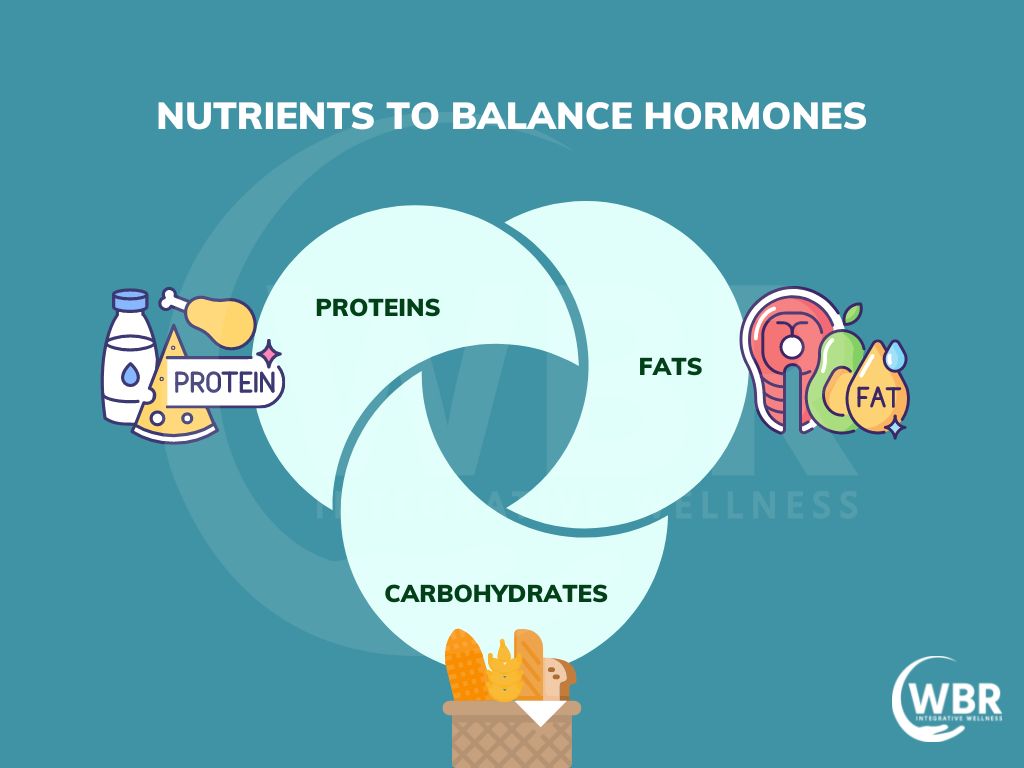
Fats to balance hormones
Healthy fats and cholesterol are responsible for producing a range of hormones in the body. Not all fats are unhealthy and our body needs a certain type of fats to produce vital hormones. We first need to understand what are the different types of fats.
- Saturated Fats: The fats in butter and coconut are saturated
- Unsaturated Fats: Monounsaturated: The fats in avocados and olive oil are monounsaturated.
- Unsaturated Fats: Polyunsaturated Fats: The fast in flax seeds and walnuts are polyunsaturated.
There is a general misconception among the masses that all saturated fat is bad for health. However, some saturated fats are not bad for the body. Our body requires these fats. In addition to this, Inflammation is the major cause of heart disease and weight gain. Hence, saturated fats play no significant role in causing such chronic diseases.
Furthermore, there are three kinds of fatty acids
- Short-chain fatty acids
- Medium-chain fatty acids
- Long-chain fatty acids
Short and medium-chain fatty acids are produced in the GI tract. They are good for colon and brain tissue development. Long-term fatty acids are also very crucial for hormone balance and health.
Two types of fats are quite harmful to the body.
- Rancid Fat: Processed oils and roasted nuts are the major sources of such fats. They are highly processed fats that are low in antioxidants. Thus, consuming such fats can result in inflammation and disruption of estrogen.
- Trans Fat: Baked goods and fried edibles contain a lot of trans fats. Therefore, such fats are harmful to the functioning of hormones like the sex hormones and they also tend to increase inflammation
Protein to balance hormones
Protein is an essential macronutrient for the whole body as it has multiple roles. It helps in developing organs like nails and muscles. Also, it is a vital nutrient to create, nurture and balance hormones in the body. Protein is a product of amino acids. However, out of the 20 amino acids, the body does not produce 8 which it acquires from the food we consume. Moreover, there are two major sources of protein.
- Animal Protein: Animal protein contains all the essential 8 amino acids. Meat, eggs and seafood are the primary sources of amino acids.
- Plant Protein: Only a few plant proteins contain essential amino acids. Hemp, soy and lentils are some examples of plant proteins.
Carbohydrates to balance hormones
Carbohydrates are the primary source of nutrients that provide instant energy to the body. But they are also important for producing and balancing hormones in the body. Let us first look at some of the major types of carbohydrates.
- Monosaccharides: These types of carbohydrates are simple sugars. Foods with fructose like fruits, soft drinks and sweeteners and foods with glucose like grains and potatoes contain such carbohydrates.
- Polysaccharides: These are different sources of monosaccharides in a combined form. They contain mostly starch and fibre. Some of the examples are starch, dextrin, pectin and cellulose. Food items like fruits, legumes and seeds contain such carbohydrates.
- Oligosaccharides: These are the small chains of monosaccharides which are grouped under prebiotics. The two types of these carbohydrates; fructo-oligosaccharides like in onions and asparagus and galacto-oligosaccharides like in lentils and peas.
- Polyols: These are simply sugar alcohols. Different examples of such carbohydrates are glycerol, erythritol and mannitol.
- Disaccharides: These are carbohydrates containing two sugar chains. The three types are sucrose(refined sugar), lactose(dairy products) and maltose
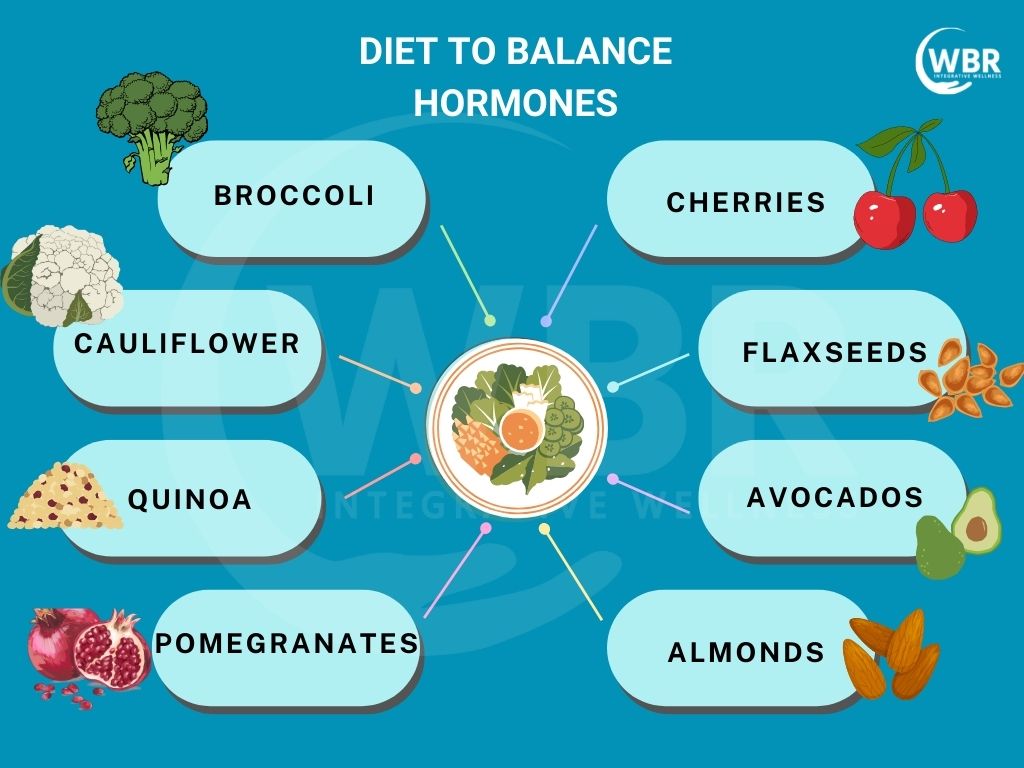
Seed Cycling for hormone balance in women
Seed Cycling is a practice that supports hormones. As more and more women are suffering with hormone imbalances, changes in diet and managing stress levels can help in balancing hormones. Seed cycling helps in providing support to balance hormones and even reduce symptoms related to PMS. It is an effective practice that involves eating specific seeds during the two phases of menstruation cycle(follicular and luteal) . This helps by promoting hormones like estrogen and progesterone. Here’s a graphic that explains the process of seed cycling:
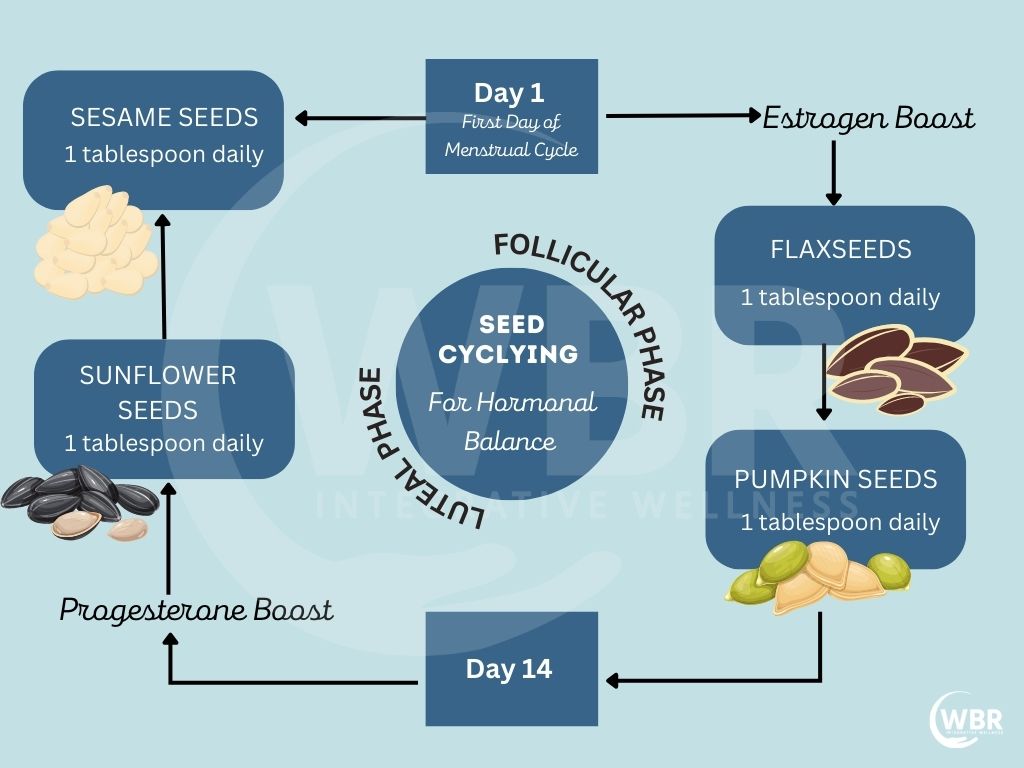
Conclusion
Balancing hormones is vital for the growth, development and functioning of the different systems in the body. Hormone balance and health can be achieved with the help of micronutrients essential for the body. Consuming the right fats, carbohydrates and proteins can help balance hormones in a holistic and natural way.

